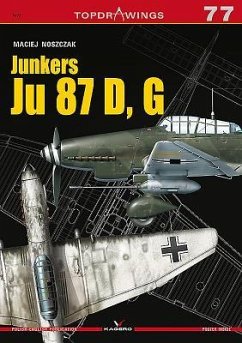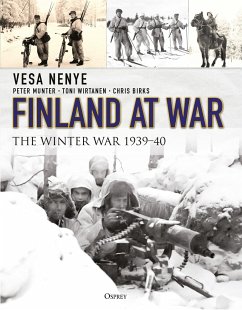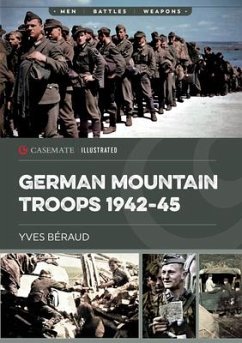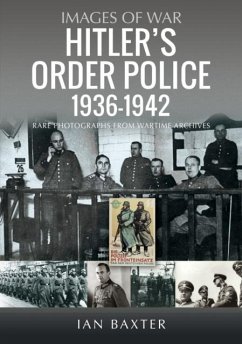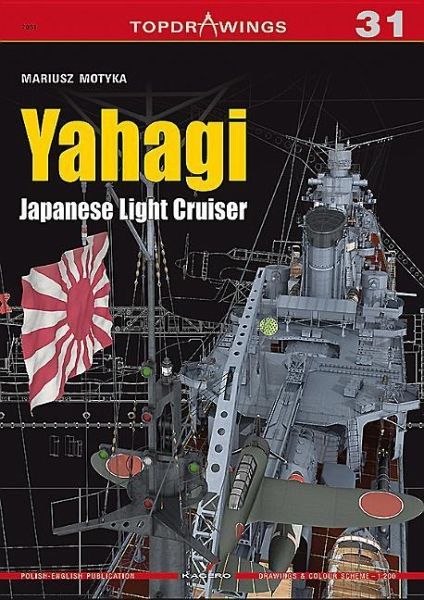
Yahagi. Japanese Light Cruiser 1942-1945
Versandkostenfrei!
Versandfertig in über 4 Wochen
19,99 €
inkl. MwSt.

PAYBACK Punkte
10 °P sammeln!
Yahagi, the second Japanese warship of that name, was the third of the four Agano-class vessels (the other three being Agano, Noshiro and Sakawa). Construction of the Agano-class cruisers was approved by the Japanese parliament (Diet) in March 1939 under the Fourth Naval Armaments Enhancement Program (Dai-Yon-Ji Kaigun Gunbi Jujitsu Keikaku), also known as ¿Four-in-Circle¿ Program (Maru Yon Keikaku), or simply Maru 4. Under the terms of the program, the four light cruisers (kei jun¿yokan), also referred to as type B cruisers (otsu-gata jun¿yokan, or simply otsu jun) and officially classed ...
Yahagi, the second Japanese warship of that name, was the third of the four Agano-class vessels (the other three being Agano, Noshiro and Sakawa). Construction of the Agano-class cruisers was approved by the Japanese parliament (Diet) in March 1939 under the Fourth Naval Armaments Enhancement Program (Dai-Yon-Ji Kaigun Gunbi Jujitsu Keikaku), also known as ¿Four-in-Circle¿ Program (Maru Yon Keikaku), or simply Maru 4. Under the terms of the program, the four light cruisers (kei jun¿yokan), also referred to as type B cruisers (otsu-gata jun¿yokan, or simply otsu jun) and officially classed as second-class cruisers (ni-to jun¿yokan), were to fulfill the role of destroyer squadron flagships. At that time destroyer squadrons (DesRon), called literarily torpedo squadrons (suirai sentai), consisted of four four-ship destroyer divisions (DesDiv, or kuchiku-tai).




